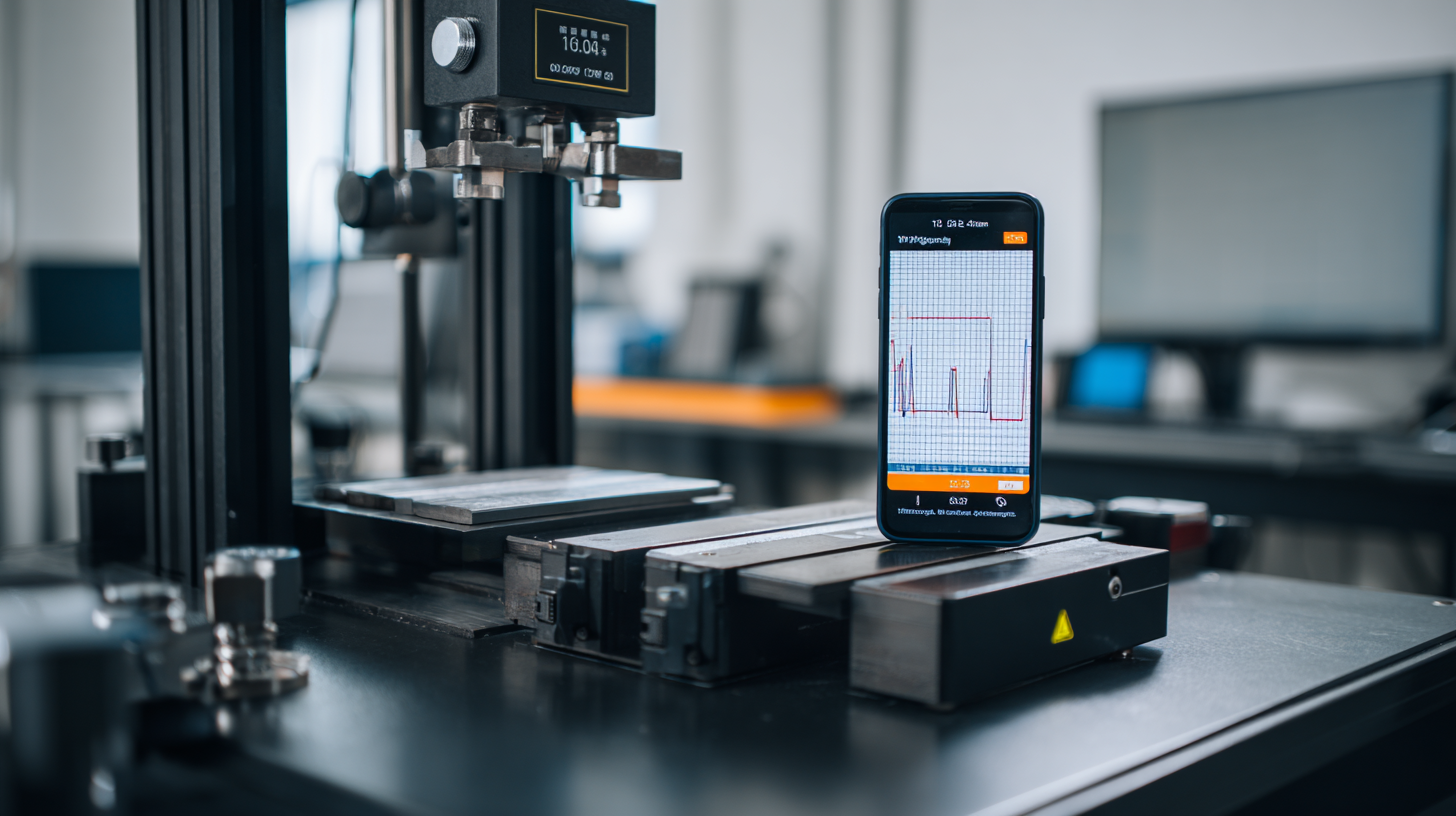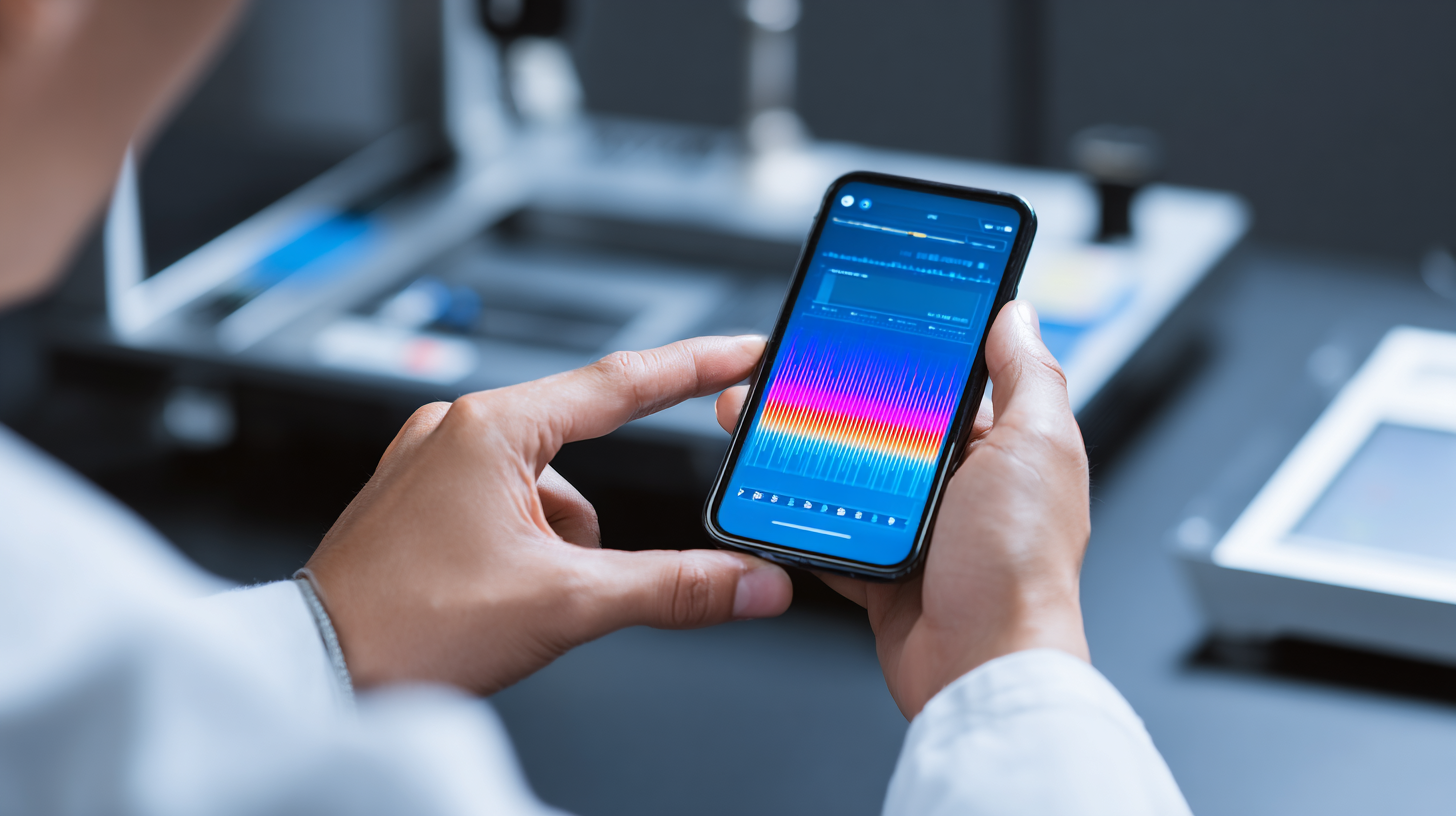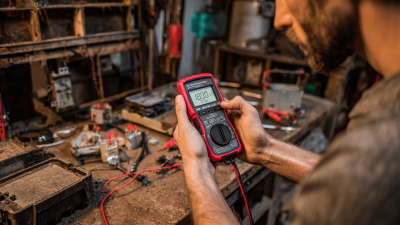How to Optimize Your Phone Testing Equipment for Accurate Performance Metrics
In the fast-paced landscape of mobile technology, the role of phone testing equipment has become increasingly critical to ensure devices meet performance standards before reaching consumers. According to a recent report by the International Data Corporation (IDC), over 1.5 billion smartphones were shipped globally in 2022, highlighting the necessity for rigorous testing protocols to maintain quality and enhance user satisfaction. Optimization of phone testing equipment not only ensures accurate performance metrics but also significantly reduces the time-to-market for new devices. As highlighted by a study from Strategy Analytics, manufacturers that implement advanced testing methodologies can experience a 30% increase in product reliability and a notable decline in post-launch defects. This emphasis on precision in testing equipment is vital, especially in an era where consumer expectations rise alongside the rapid technological advancements of smartphones.

Best Practices for Choosing the Right Phone Testing Equipment
When selecting the right phone testing equipment, it’s essential to consider the specific needs of your testing process. Begin by identifying the key performance metrics you want to measure, such as battery life, display quality, or signal strength. This will allow you to narrow down your options to tools that are designed to provide accurate data for those metrics. Researching equipment that specializes in mobile technology is crucial, as these devices often come with calibrated settings that cater specifically to the nuances of phone performance.
In addition to performance criteria, evaluate the ease of use and integration capabilities of the testing equipment. User-friendly interfaces and compatibility with existing testing frameworks can significantly streamline your testing workflow. Furthermore, consider the maintenance and support that comes with the equipment. Reliable customer service and robust documentation can be invaluable when troubleshooting or when updates are needed. By diligently choosing testing equipment that aligns with your specific objectives and operational requirements, you enhance the likelihood of obtaining precise and actionable performance metrics.
Phone Testing Performance Metrics
Key Features to Consider for Accurate Performance Measurement
When optimizing phone testing equipment for accurate performance metrics, several key features should be prioritized. First and foremost, it is essential to ensure that the testing tools are compatible with a wide range of devices. This compatibility allows for comprehensive assessments, helping to evaluate performance across different operating systems and hardware configurations. Additionally, high-quality sensors and measurement tools are crucial, as they directly influence the accuracy of the data collected during performance tests. Investing in equipment with precise calibration mechanisms can significantly enhance measurement reliability.
Another important aspect to consider is the software integration of the testing equipment. Tools that offer real-time analytics and detailed reporting capabilities enable testers to monitor performance metrics continuously and identify bottlenecks or anomalies instantly. Moreover, customizable testing scenarios can help in replicating real-world usage conditions, yielding results that are more reflective of actual user experiences. By focusing on these features—compatibility, measurement precision, and robust software integration—organizations can greatly improve the accuracy of their performance testing, ultimately leading to more reliable insights and better-informed decisions.
Techniques for Calibrating Your Testing Tools for Consistency
Calibrating your phone testing tools is essential for achieving accurate and consistent performance metrics. According to a study by the International Telecommunication Union (ITU), devices that are calibrated regularly demonstrate a 30% improvement in measurement accuracy compared to those that are not. To ensure your testing equipment is up to standard, feedback from industry reports suggests routine calibration checks should be performed at least every six months. This not only helps in adhering to technical standards but also ensures that testing results are reliable for better decision-making.
 One effective technique for calibration involves using reference devices that have been validated for performance benchmarks. By comparing your testing tools with these reference devices, you can identify discrepancies and adjust accordingly. Furthermore, integrating automated calibration software can streamline the process, thus reducing human error. A report by the Engineering Standards Organization indicates that incorporating automated systems can lead to a 25% increase in operational efficiency. Regularly calibrating your equipment not only maintains accuracy but also extends the lifespan of your tools, contributing to a more sustainable testing environment.
One effective technique for calibration involves using reference devices that have been validated for performance benchmarks. By comparing your testing tools with these reference devices, you can identify discrepancies and adjust accordingly. Furthermore, integrating automated calibration software can streamline the process, thus reducing human error. A report by the Engineering Standards Organization indicates that incorporating automated systems can lead to a 25% increase in operational efficiency. Regularly calibrating your equipment not only maintains accuracy but also extends the lifespan of your tools, contributing to a more sustainable testing environment.
Methods to Analyze Performance Metrics Effectively
To effectively analyze performance metrics during phone testing, it's crucial to utilize a structured approach that combines quantitative and qualitative methods. Begin with setting clear benchmarks for performance metrics such as CPU usage, memory consumption, battery life, and app responsiveness. These benchmarks will serve as reference points to determine whether a device meets the desired performance standards.
Once benchmarks are established, employ a variety of testing tools that provide comprehensive data capture. Tools like synthetic benchmarks can simulate various usage scenarios, while real-world testing allows you to evaluate performance under typical user conditions. Additionally, consider integrating logging systems that record system performance over time, enabling you to identify trends and anomalies. By comparing your findings against the established benchmarks, you can gain meaningful insights into performance issues that may require further investigation or optimization.
Furthermore, make use of data visualization techniques to present performance metrics in a clear and concise manner. Graphs and charts can help highlight fluctuations in performance, making it easier to identify patterns and areas for improvement. Regularly reviewing and analyzing these metrics can enhance your understanding of a device's capabilities and lead to more accurate performance assessments in phone testing.
How to Optimize Your Phone Testing Equipment for Accurate Performance Metrics - Methods to Analyze Performance Metrics Effectively
| Test Equipment | Performance Metric | Measurement Method | Average Result | Notes |
|---|---|---|---|---|
| Performance Analyzer | CPU Speed | Benchmark Testing | 3.5 GHz | Performance stable across various tests. |
| Battery Tester | Battery Life | Continuous Usage Test | 12 hours | Good performance under high usage. |
| Display Calibrator | Color Accuracy | Color Gamut Analysis | 98% sRGB | Excellent color reproduction. |
| Network Tester | Download Speed | Speed Test | 150 Mbps | Consistent performance in urban areas. |
| Thermal Camera | Heat Distribution | Thermal Imaging Analysis | Even distribution | No overheating detected during tests. |
Tips for Maintaining and Updating Your Testing Equipment
Maintaining and updating your phone testing equipment is crucial to ensure you are capturing accurate performance metrics. According to a recent industry report by Frost & Sullivan, 75% of mobile manufacturers identify testing as a critical phase in product development. However, outdated equipment can lead to significant errors in performance evaluations, costing companies both time and resources. Regular maintenance not only extends the lifespan of your tools but also enhances testing accuracy, leading to more reliable data.

To effectively maintain your testing equipment, it's essential to implement a routine check-up schedule. Start by cleaning your devices regularly to prevent dust and debris from affecting measurements. Moreover, software updates should not be overlooked—updating firmware and testing software can improve compatibility with new devices and enhance functionality. As highlighted by the International Journal of Engineering and Technology, updated tools can improve testing efficiency by up to 30%.
Finally, invest in training for your team on the latest testing methodologies and tools. The more knowledgeable your testers are about the capabilities of the equipment, the more accurately they can assess phone performance. In line with data from a recent TechCrunch article, companies that prioritize staff training see a 20% increase in testing efficacy, underscoring the importance of understanding how to maximize your testing tools.
Related Posts
-

Ultimate Guide to Choosing the Best Ball Rebound Tester for Your Needs
-

Innovative Solutions for Precision Line Testers
-

The Ultimate Guide to Choosing the Best Phone Testing Equipment for Your Needs
-

The Ultimate Guide to Choosing the Best Quality Testing Equipment for Your Business
-

How to Choose the Right Resistance Tester for Your Electrical Applications
-

The Future of Impact Testing Technology: Innovations Shaping Enhanced Durability Standards





